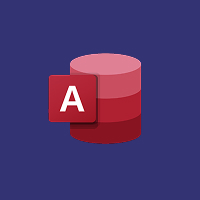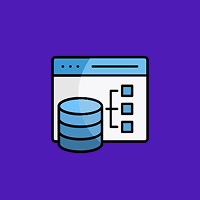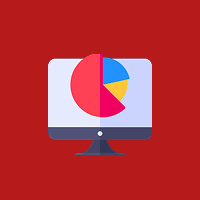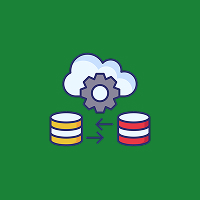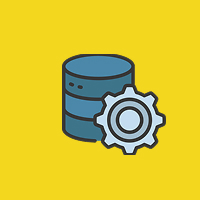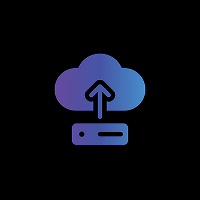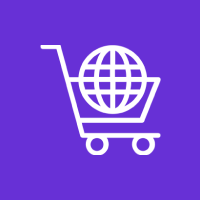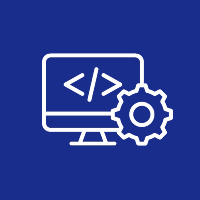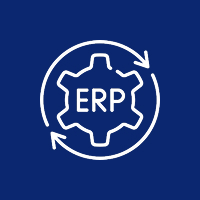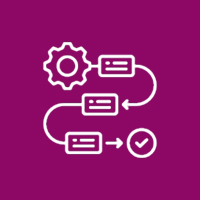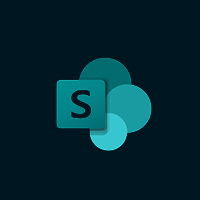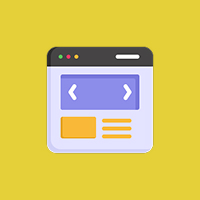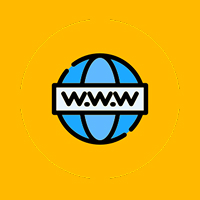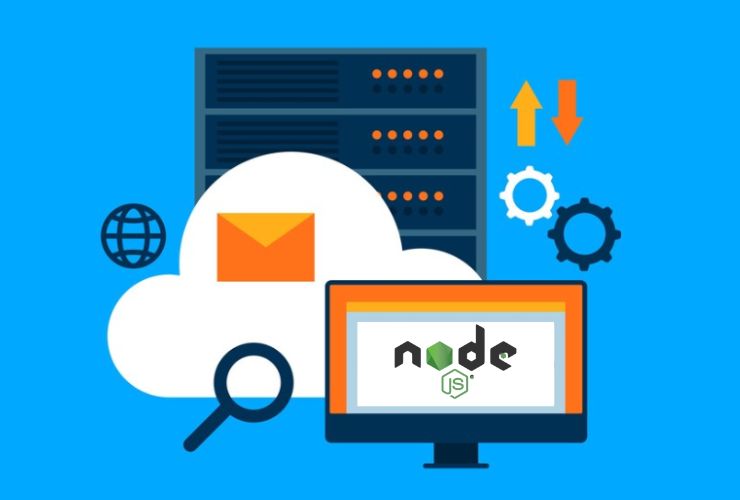As the mobile industry continues to change rapidly, choosing the correct development method can be very influential to the success of your app. Mobile apps have quickly taken their place as a critical method for businesses to reach customers, optimize operations, and generate income. Native app development and cross-platform app development are two of the primary methods that businesses choose to complete app development. Each of the primary methods for app development has it’s own distinct benefits and drawbacks. To ensure you’re building an app that meets your goals, budget, and timeline to complete the project, you must learn how the methods differ and which one suits your specific apps project best.
What are Native Apps?
A native app is built for one platform – either iOS or Android. You will always use platform-specific programming languages, tools, and the specific frameworks or SDK’s that these platforms require. The standard programming languages to build iOS apps, are Swift or Objective-C, and for Android apps: Kotlin or Java. This specialization allows native apps to take full advantage of the hardware and software features of the device, allowing for much better performance, quicker load times, and much better animation.
Native apps also have access to all of the features of the device: GPS, camera, notifications, contacts, etc., allowing developers to create very interactive and immersive experiences for the end-user. Additionally, because native apps adhere closely to platform design guidelines, they tend to offer a more intuitive and familiar interface for users.
What Are Cross-Platform Apps?
Cross-platform apps are developed using a single codebase that works across multiple platforms, including iOS and Android. Popular frameworks such as React Native, Flutter, and Xamarin empower developers to write the app once and deploy it everywhere. This approach significantly reduces development time and costs compared to building separate native apps for each platform.
While cross-platform apps may not always match the raw performance of native apps, modern frameworks have made great strides in closing the gap. Cross-platform apps are ideal for projects that require faster market entry and broader audience reach without extensive customization for each platform.
The Main Differences Between Native and Cross-Platform Apps
Performance: Native apps will give you optimized performance for each platform, quicker load times, and smoother user interactions. Cross-platform apps will occasionally experience minor performance downsides due to the abstraction layer between the code(s) and hardware device.
Development time and cost: Development time and cost savings through cross-platform development comes from the ability to share the majority of code between platforms (costs will raise due to specialty plugins, libraries, support, etc). With native development, the project requires two separate code bases that need to be created and maintained, which adds to the overall project timeline and cost.
User experience: With native apps, you have a UI/UX that is spot on for each platform, which creates a user experience that is clean, consistent, responsive, and polished. With cross-platform, developers can create a UI that is consistent, but will at times miss the small details that make that platform unique.
Access to device features: Native apps will give you maximum access to hardware and software features. Cross-platform apps use plugins or libraries from third-party developers to access features which can have limitations of functionality, or delays in support for new features on devices.
Maintenance: Cross-platform will have a single code base simplifying the process of updating and fixing bugs. Native apps require a separate update for iOS, and Android, which complicates the maintenance and slow the process of rolling them out.
When to Choose Native Development
Native development is the appropriate choice when:
- You’re developing a high performance app, for example games, augmented reality (AR), or heavy multimedia apps.
- You require a high level of integration with the device hardware and platform specific APIs.
- You want to deliver the highest quality, polished user experience that respects the differences between the two operating systems.
- You have the budget and time to develop and maintain separate apps for each platform.
- You have an idea that involves complex features that will require the lowest latency and maximum interaction.
When to Choose Cross-Platform Development
Cross-platform development is the appropriate choice when:
- You want to maximize your reach across platforms at the same time with a smaller development team.
- Your app functionality is simple and does not heavily rely on platform specific features.
- You want to iterate quickly and easily maintain your app through a shared codebase.
- You are looking for a consistent user experience across platforms and you are willing to accept slightly poorer performance in exchange for increased speed to market and reduced cost.
- You are looking to rapidly test ideas or you want to create a MVP (Minimum Viable Product) before scaling.
Further Considerations
- Developer Experience: Consider the skill sets of your developers. Native goes into platform specific languages, while cross platform frameworks often take advantage of more “universal” languages like JavaScript or Dart.
- Third-Party Library Availability: Assess the third-party library and plugins available for your approach, particularly if your app has strong reliance on third-party dependencies.
- Long-Term Bug Support: Consider the product roadmap for your app if you expect to frequently add features or planned changes based on specific platforms, then native has more potential flexibility built into it.
- Target Audience: Look at your target audience and their device preferences to assess if you need to equally support both platforms.
Overall Summary
Native app development and cross-platform app development, both have specific pros and cons. The best approach is based on your particular performance goals, budget, needs and timeline. Native apps are the best option if the goal is to maximize performance and user experience, albeit at typically a higher cost and longer development cycle. Cross-platform apps offer a more economical and faster time to market solution with slightly less performance and customization.
By carefully weighing these factors, businesses can select the development path that best aligns with their goals and maximizes their app’s chances of success in today’s competitive mobile landscape.
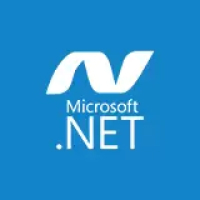







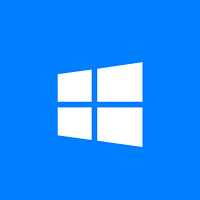
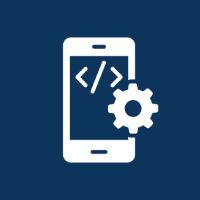



 Database Development
Database Development




